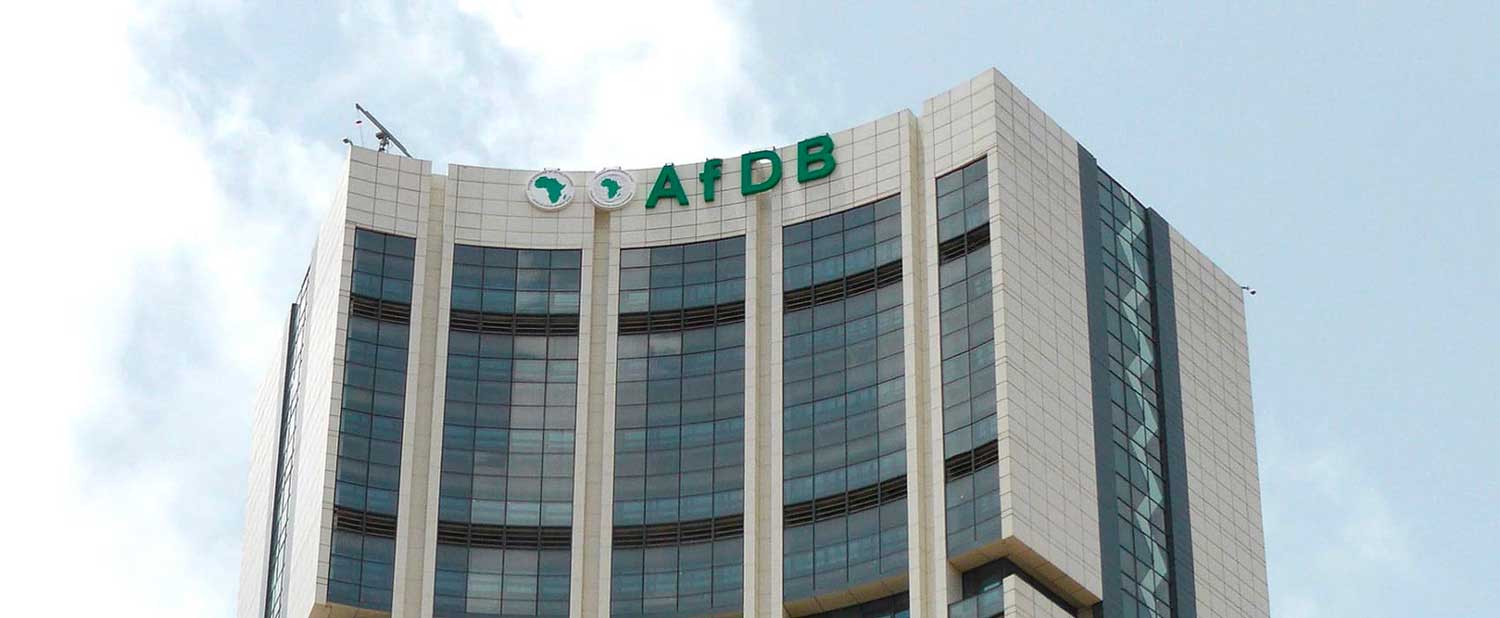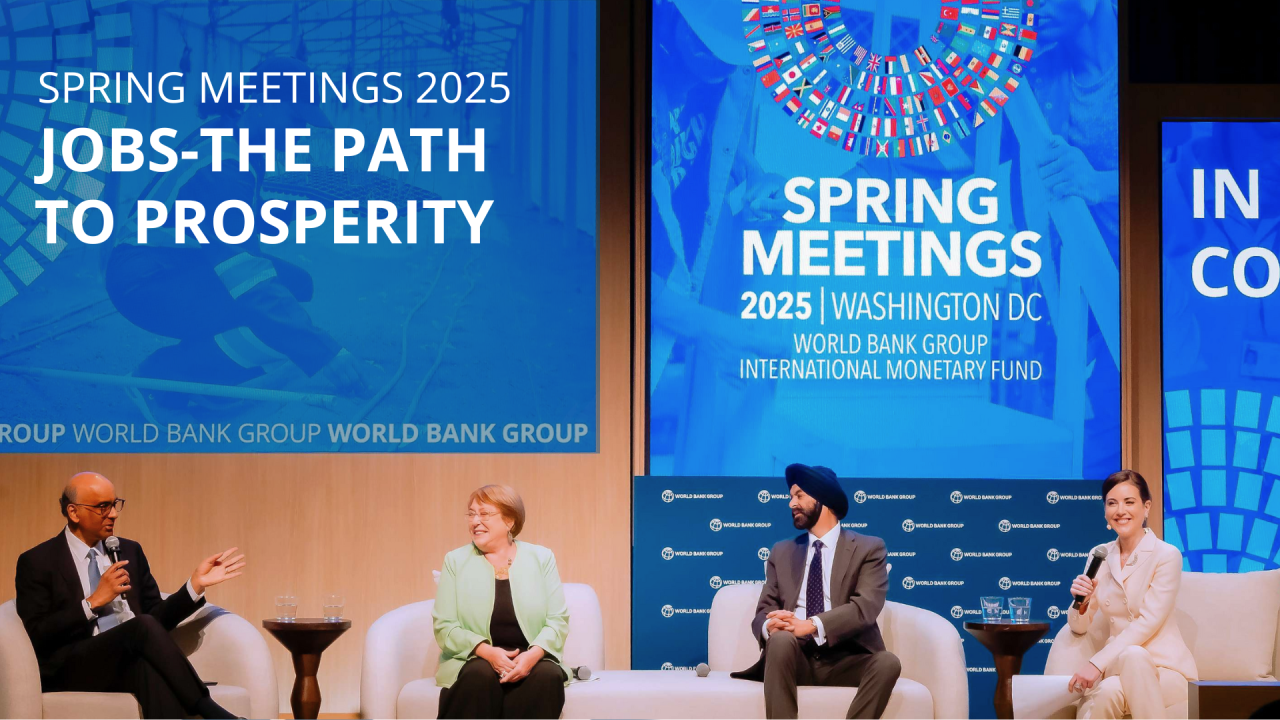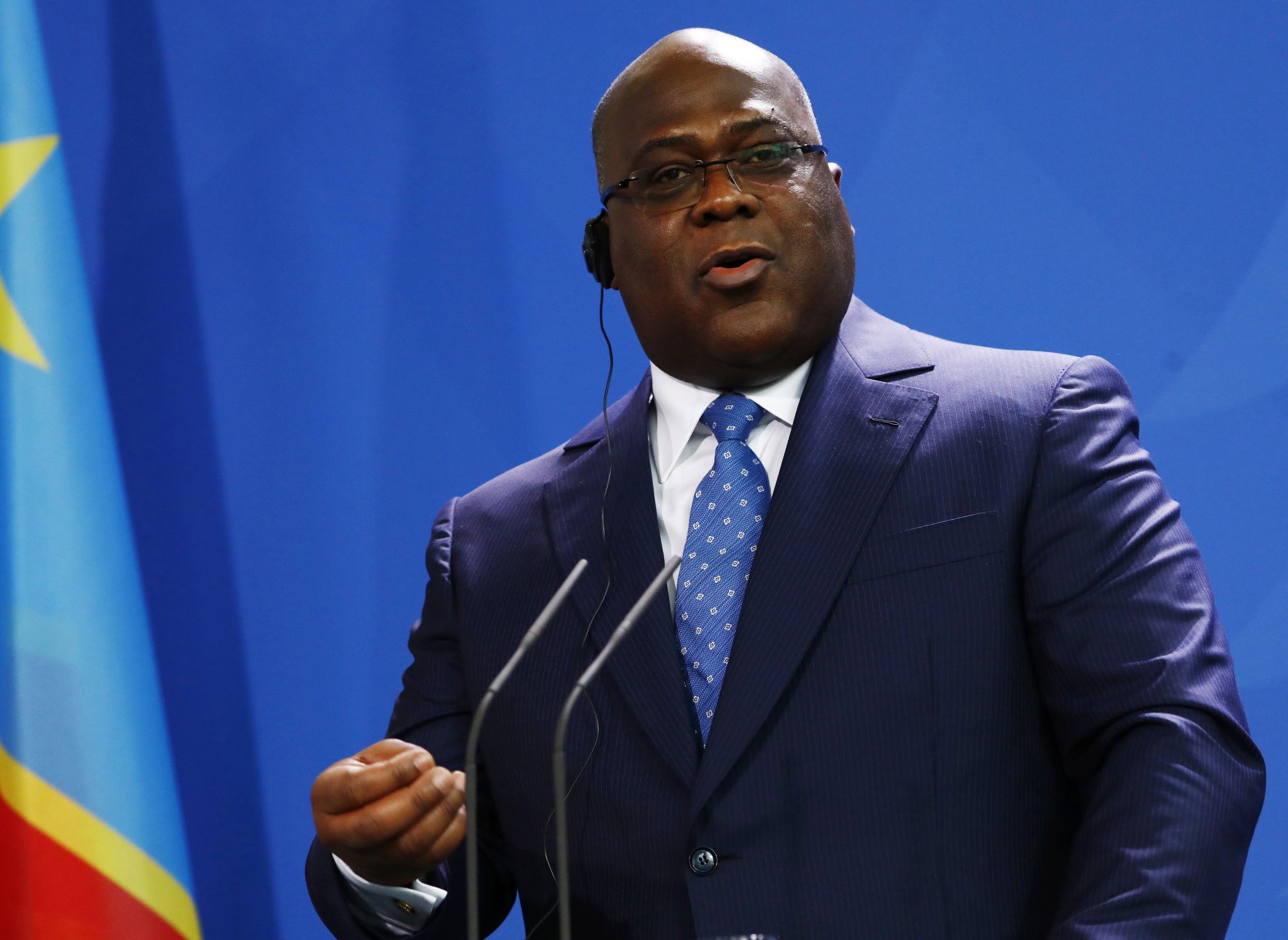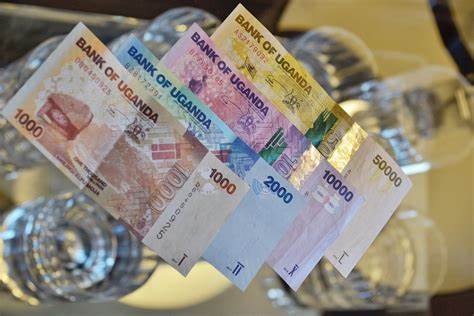TADB Leverage Signals Structural Policy Confidence
AfDB’s USD 60m pledge to TADB expands capital and rural credit as XAUUSD stabilizes export earnings and BZ=F keeps fuel costs contained; TZS=X trades steady, reserves exceed five months, and growth holds near 6%.

The African Development Bank’s planned USD 60 million facility for the Tanzania Agricultural Development Bank (TADB) in 2026 underscores a structural rather than cyclical approach to agricultural financing in one of East Africa’s most stable economies. The commitment comes as Tanzania’s macro fundamentals hold firm: GDP growth is projected at 6.0% in 2025 under the IMF’s April baseline, inflation remains contained near 3.4%, and foreign reserves stand at USD 6.7 billion — equivalent to just over five months of import cover. By reinforcing TADB’s balance sheet rather than funding discrete projects, AfDB is enabling a durable leverage effect, allowing the state-backed lender to multiply its rural credit pipeline without adding to fiscal liabilities.
Agriculture anchors roughly 27% of Tanzania’s GDP and provides livelihoods for more than 60% of its workforce, yet receives under 10% of total commercial bank lending. TADB, capitalised through successive sovereign and multilateral injections since 2015, remains central to closing that credit gap. AfDB’s additional USD 60 million will lift the bank’s risk-absorbing capital by about a third, expanding lending capacity by an estimated USD 180–200 million over three years through co-financing and partial risk guarantees. With the Bank of Tanzania’s policy rate at 5.75% and headline inflation averaging below 4%, the cost of risk — not liquidity — has constrained agricultural finance. The new facility directly addresses this friction by enhancing first-loss buffers and broadening syndication structures that crowd in private and pension-fund participation.
Macroeconomic signals reinforce the timing. The current-account deficit narrowed to roughly 2.4% of GDP by September 2025, down from 3.8% the prior year, on stronger mineral and tourism receipts. The shilling (TZS=X) has traded within a narrow band against the US dollar, reflecting steady FX inflows and disciplined import management. Global price dynamics are neutral to supportive: Brent (BZ=F) near USD 85 per barrel and gold (XAUUSD) at multi-year highs stabilise Tanzania’s external balance, offsetting higher logistics and equipment import costs. This environment provides room for concessional capital to strengthen domestic credit supply without jeopardising external or monetary stability.
The AfDB’s support fits within its Ten-Year Strategy (2024–2033), which prioritises food security, climate resilience, and private-sector mobilisation. Tanzania’s policy mix under the Five-Year Development Plan III mirrors these objectives — boosting agricultural productivity and value addition through irrigation, logistics, and agro-processing corridors. Fiscal consolidation continues: the FY 2025/26 deficit is projected near 2.8% of GDP, and public debt remains below 50% of GDP, well inside regional norms. Concessional facilities channelled through a ring-fenced DFI avoid widening sovereign exposure while preserving policy credibility under limited debt-absorption space.
Regionally, Tanzania’s model contrasts with peers facing tighter fiscal and external positions. Kenya’s debt ratio exceeds 68% of GDP and Uganda’s reserves have slipped below four months of imports. Tanzania’s adherence to price stability, measured borrowing, and targeted DFI capitalisation provides a comparative advantage in attracting multilateral and blended-finance flows. For investors, it demonstrates an institutional maturity shift: moving from direct budget support toward balance-sheet instruments that deepen domestic finance systems.
Market indicators remain consistent with this narrative. Private-sector credit expanded by 16% year on year as of August 2025, the strongest pace since 2018, led by manufacturing, trade, and agriculture. Five-year government bond yields hover near 10.2%, and ten-year paper around 11.1%, signalling moderate inflation expectations and stable domestic demand. The Dar es Salaam Stock Exchange All Share Index is up about 5% year to date, with banking and telecom equities providing dividend support. These conditions favour a measured credit expansion cycle as DFIs and commercial banks recalibrate risk-weighted assets toward the real economy.
The test of success will be quantifiable within 24 months. By 2027, agriculture’s share of total banking-sector credit should reach at least 12% from 9% currently, TADB’s loan portfolio should exceed TZS 1 trillion (≈ USD 390 million), and rural non-performing loans should remain below 7%. Meeting these thresholds — while keeping inflation below 4%, reserves above five months of import cover, and the shilling stable — would confirm that concessional capital routed through a disciplined national DFI can translate into sustainable productivity and FX gains. It would also consolidate Tanzania’s position as the region’s most credible agri-finance model in an environment of constrained global capital and selective multilateral engagement.





